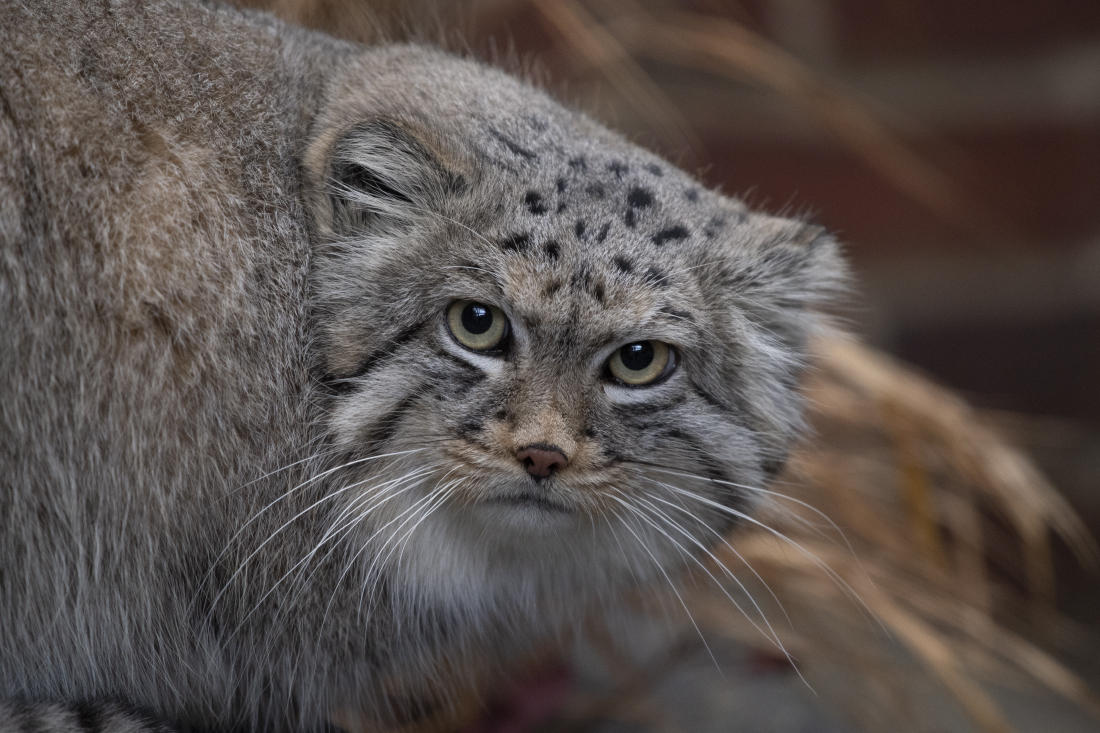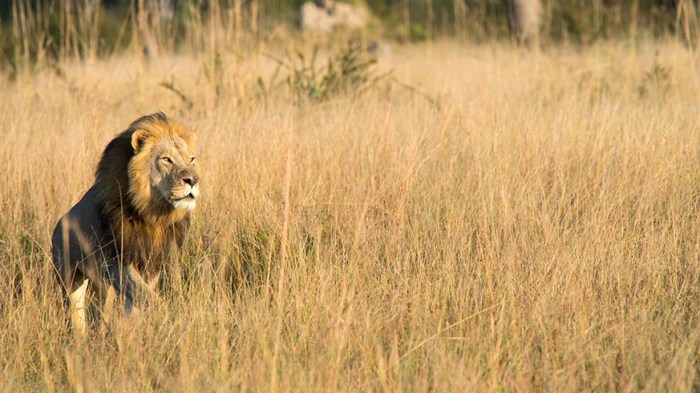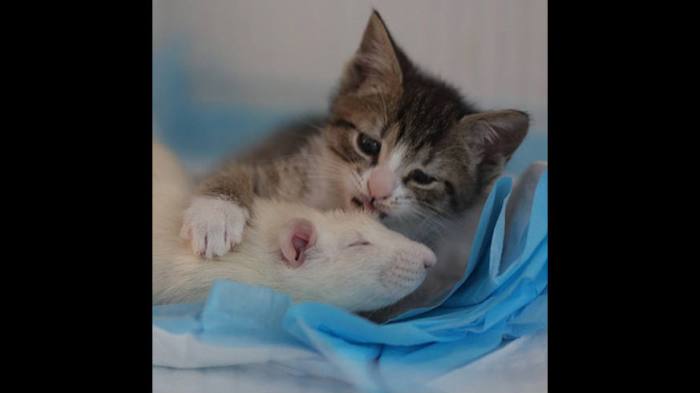The Prospect Park Zoo is doing its part to protect an at-risk species with a new exhibit to breed Pallas’s cats.
The Pallas’s cat — named after Peter Simon Pallas, who first described the small wild cat species in 1776 — is near threatened, according to the International Union for Conservation of Nature. They are often hunted for their fur and organs, or are accidentally caught in traps set for larger animals like wolves.
Pallas’s cats are not common in United States zoos, so the new Prospect Park Zoo exhibit will be crucial to their conservation, said Denise McClean, director of the zoo.
“We’ve been involved in breeding programs with many animals, from frogs to Hamadryas baboons,” she said, “but this for us is very special, because it’s a really interesting cat and there are not a lot of zoos in the U.S. that have that [opportunity].”
Pallas’s cats are small, about the size of domestic cats, though they are not closely related to domestic breeds. It makes them a perfect size for the 12-acre Prospect Park Zoo.
“These small cats are just as beautiful and exciting as big cats,” said McClean.
The Prospect Park Zoo will breed these cats as part of the Association of Zoos and Aquariums (AZA) Species Survival Plan, a breeding program between AZA-accredited zoos. Currently, there are 42 Pallas’s cats in 18 AZA-accredited zoos.

Julie Larsen Maher © WCS
Prospect Park Zoo Pallas’s cat exhibit
The Pallas’s cat exhibit is now open, featuring Batu, a male from Krakow Zoo, and Sarnai, a female from Helsinki Zoo. It’s outfitted with a “rocky terrain” like their native habitat in Mongolia, China and other Central Asian countries, so they can climb and hide, and has enough space to allow the cats to be solitary except for when they come together to breed.
If and when these Pallas’s cats breed, the kittens will stay at the Prospect Park Zoo with their mother until they are fully weaned. Then, the Species Survival Plan will take the kittens into their program and place them in other zoos.
Besides helping the conservation of these cats, the exhibit offers a rare, up-close glimpse at a unique and elusive animal not often seen in the U.S.
“The back of the exhibit is a glass window that looks into our discovery center which is a small child education area for toddlers,” McClean said. “It’s really fabulous, because the Pallas’s cats can go up to the window, and they do, and can interact with people on the other side. You can get a view of the cat nose-to-nose.”

Julie Larsen Maher © WCS
These cats are kind of unusual, McClean said, both because of their size and their appearance.
“They have that very flat head and their ears are set on the side of their head, so when they’re in their habitat looking over rocks, you don’t see the ears. …They’re really different looking from a lot of cats,” she said. “They have this really beautiful, plushy coat, a short striped tail. They’ve just got great characteristics, and you put them together and it’s a really wonderful little animal.”
More on the construction of the Prospect Park Zoo Pallas’s cat exhibit can be seen in the third season of Animal Planet’s The Zoo, which premieres Sunday, Feb. 10 at 8 p.m.



















